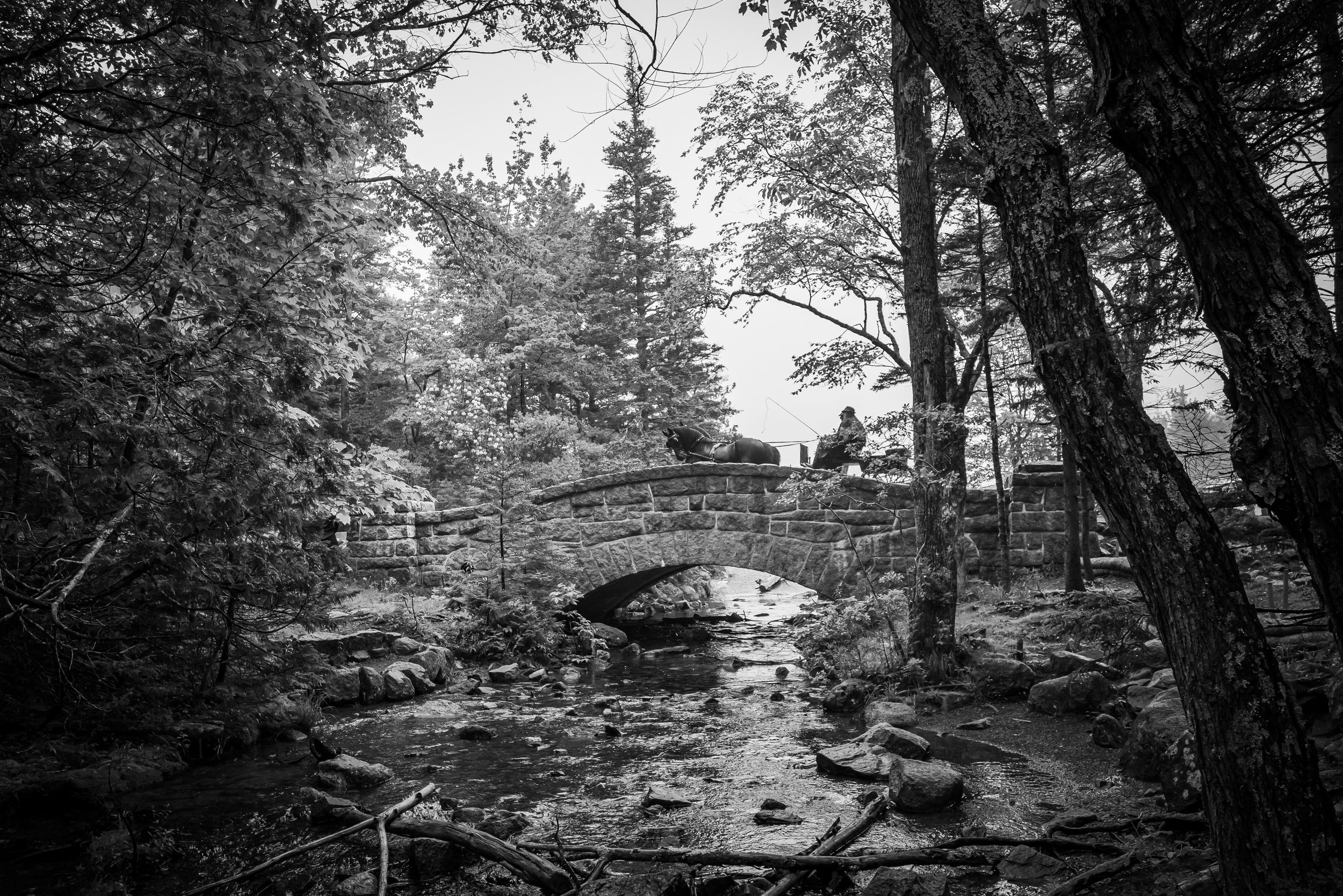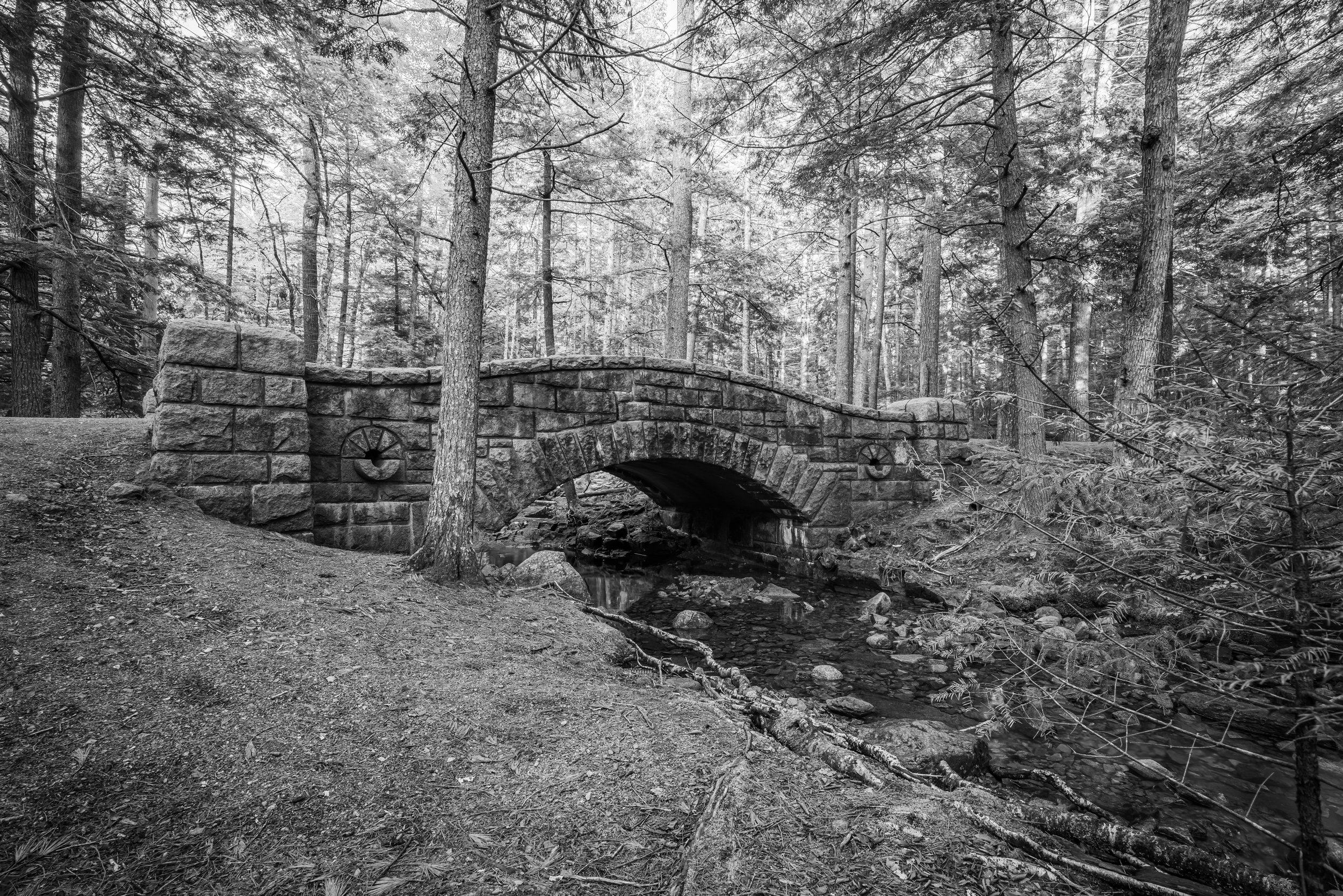The Importance of Personal Work.
Why do we shoot personal work, and why it matters to commercial work.
The day to day life of a commercial photographer is typically not at all what most people think. For every hour I spend behind the camera shooting, there are countless hours at my keyboard, on the phone, in the car or in meetings trying to work towards those hours behind the lens. Don’t get me wrong, I love it, almost all of it. But that slog will take its toll.
One of the best pieces of professional advice I ever received was from a coach a few years into my career - specialize. She backed it up with a couple of examples as to why, and it stuck. As a photographer who specializes in food and architecture, and one whose look is consistent throughout those genres, I’ve developed a very deep level of knowledge and expertise on those particular subjects. I’m sought out by clients whose vision and needs line up with mine. But one of the downsides to that specialization is the atrophy of other creative skills. Creativity is like a muscle, use it or lose it. And while I’m whiling away shooting interiors and menus, other creative skills are languishing. And I like those skills that are fading, they make life more fun, and beautiful. I don’t want to lose them.
Taking on personal projects are an important part of any working artists repertoire. Sometimes it’s a long term project that spans years. Other times it’s a day or two hiking around a park. It can be as simple as asking, “What happens when I do this?” Or committing to capturing the same subject over years. The important part is that it’s personally important to the artist, and it’s not a job. The second part is something that often gets lost amongst commercial artists like myself. Personal work is not the same as testing. Testing a new lighting technique, or lens, or shooting style are all important and ongoing parts of being a commercial artist.
Personal projects help artists express views that they might not get the opportunity to in their day to day assignments. They’re a good outlet for creative expression. And they’re a good way to keep creative skills sharp and useful. Also, they’re solid business practice. And they’re really, really fun.
How does usage affect rates (and what is usage anyway?)
Quick primer on usage rates in commercial photography
We’re sometimes asked by new clients why usage fees are a thing. Often, they’re surprised to learn that they don’t own the images. Understandable, considering most of the time, when we pay for something, we own it. But photography is not real property, it’s intellectual property and the rules are different.
In the US, photography (and other works of art) are protected by copyright law. Absent an employment, or work for hire agreement, the photographer is automatically the copyright holder of any images they create. Even though a client may have commissioned the photographer to create those images - the copyright remains with the artist. Therefore in order for a client to be able to use the images that they’ve commissioned, a usage license must be granted. Most of the time, that license has a fee associated with it. The more extensive the usage, the longer the period of time, and the more creative/impactful the image - the greater the fee.
Considering the way in which the images will be used, and the impact it will have in the marketplace, allow artists to more fairly calculate the value associated with a production. An image that appears on billboards in multiple markets across the country will have much greater impact than a similar image on a small shop’s social media - and hence command a greater licensing fee. Images that are in wide circulation for years, will have a higher fee than those that are only for a one time use.
By tailoring licensing fees to specific usage, artists can make sure that clients aren’t paying for rights they’ll never use, and that the artist is being fairly compensated for the work they’re creating.
No photo > bad photo
Social media eats content. Lots of it. With such a great need for content, it’s easy to push out content that’s not quite up standards. Sometimes “Done” is better than “Perfect” - but rarely. More often, it’s better to find an alternative way of delivering your message than using a sub-par photograph or video. Bad content can give a negative impression of the brand. We all (hopefully) work hard to craft and curate the message and branding that we’re sending out into the world. Don’t undo that hard work by doing less than.
One for thee, one for me.
Often photographers are tempted to use client work as an opportunity to strut their stuff, to show the world how great of a photographer they are. While I understand the desire to wow the client, and to show off your talent and expertise, it more important to understand the needs of the client first. Perhaps the client really is looking for that showstopper piece that makes people take notice. Or maybe not. Understanding the audience and the purpose of the work is key.
A beautiful moody shot of a liquor bottle and cocktail in a glass is fun, and looks brilliant, and tells the world how great the photographer is. But if the client wants an e-commerce shot of a drinking glass, it’s not of much value to them. By all means, if you want to shoot the moody dramatic cocktail, do so. Just make sure you also shoot the simple silo on white.
Understanding what the client is looking for is the first job.
Pre-Pro is gold
Pre-production is the planning stage of a photo shoot, and it is crucial for ensuring the success of the shoot. During pre-production, a variety of tasks are completed to ensure that the shoot runs smoothly and efficiently. These tasks may include choosing a location, scouting and securing the location, hiring models and stylists, and organizing the necessary equipment and props.
One of the main benefits of pre-production is that it allows you to properly prepare for the shoot, which will save time and money on the day of the shoot. By taking the time to plan ahead, you can avoid last-minute issues or mistakes that could disrupt the shoot and cause delays.
Another benefit of pre-production is that it allows you to create a clear vision for the shoot and ensure that all the necessary elements are in place to achieve your desired result. This might involve creating a mood board or shooting plan to guide the creative process and ensure that the final images meet your expectations.
Overall, pre-production is an invaluable step in the photo shoot process that should not be overlooked. It is important to invest time in pre-production so that you can set yourself up for a successful shoot that meets your client's needs.
Empathic Superpowers
Empathy is our Superpower
Empathy is our superpower.
Creatives are often seen as being aloof, or out of touch. But this couldn’t be further from the truth. Successful creatives are in tune with the needs of their audience and clients. They have a highly developed sense of empathy - often too highly developed. (which can lead to imposter syndrome) This empathy is one of the tools that allows creatives to create compelling and connecting works.
But they often have trouble communicating in more traditional ways. Artists are notorious for being unresponsive to calls, emails, and texts. Sometimes, the personality traits that allow them to be extraordinary artists are the same traits that make them terrible at running their business.
Those on the other end of the conversation can easily be frustrated or put off by these communicative shortcomings. It’s helpful for creatives to remember this, and use their empathic superpowers to keep the lines of communication open. Happy clients are those who are kept up to date, in the loop, checked in with, and briefed.











